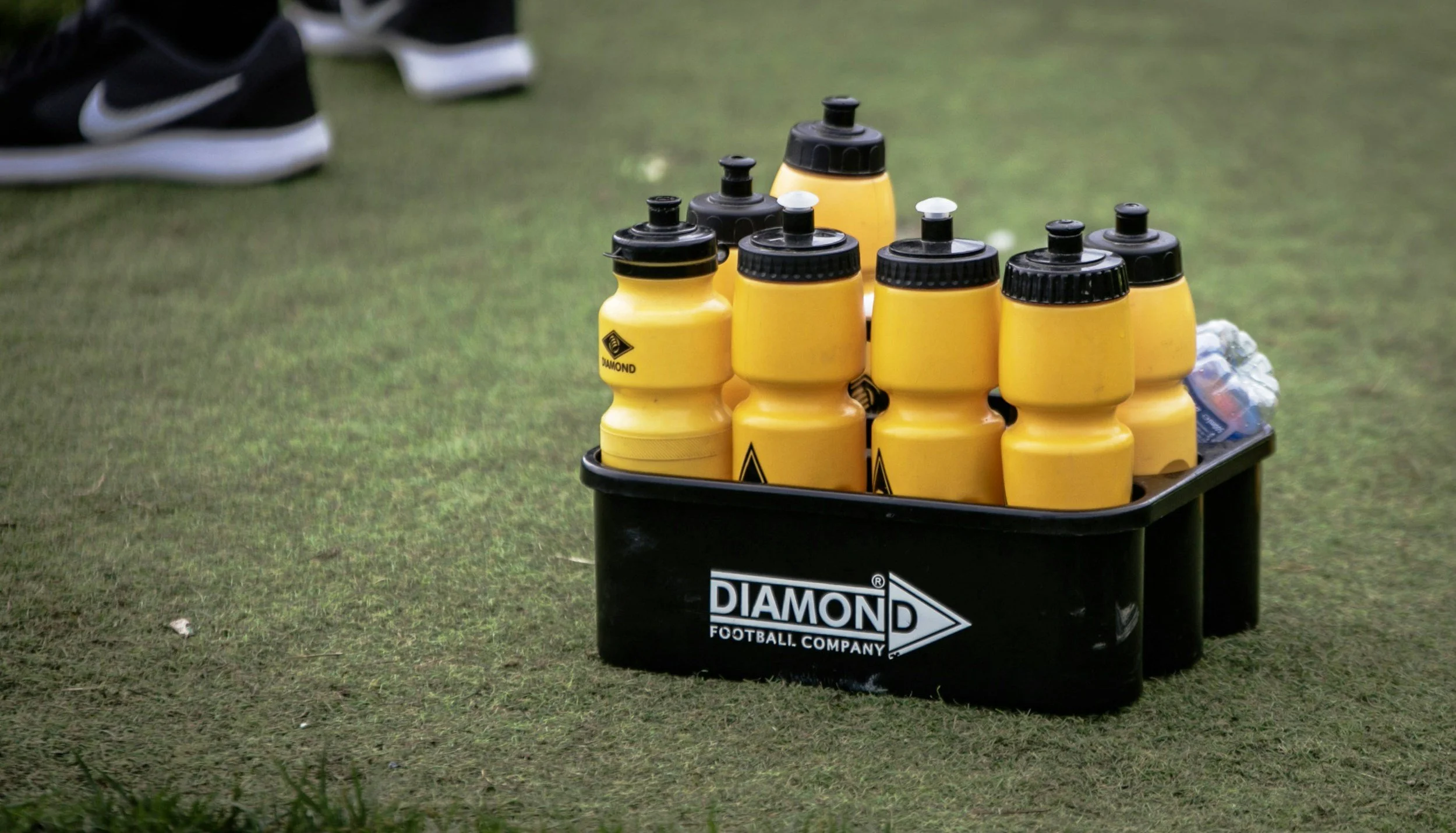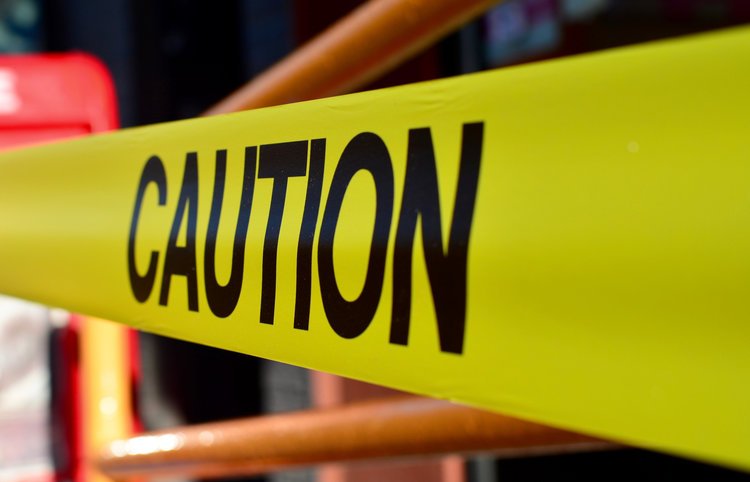Answered by board certified sports dietitian, Molly Morgan, RDN, CDN, CSSDRD.
MAYBE! The answer depends on several factors. In general, the goal during exercise is to minimize fluid loss by drinking routinely throughout.
Hydration matters because water plays a key role in regulating your body temperature. When you exercise, your muscles contract and generate heat. To cool down, your body sweats - losing both fluid and electrolytes, especially sodium. Sodium losses vary widely from person to person based on diet, sweat rate, and genetics, ranging between 230 to 1600+ mg per liter of sweat.
hydration Guidelines during exercise:
Less than 60 minutes: Water will keep you hydrated for workouts under 60 minutes of continuous activity.
More than 60 minutes: Switch to a sports drink that contains electrolytes. Aim for sodium of 150 to 180 milligrams per 8 fluid ounces.
Reasons to choose a sports drinks:
When you have more than one training sessions in a day.
You are training or playing in extreme heat.
You have a high sweat rate.
You struggle to meet hydration goals - some athletes find sports drinks easier to consume than water.
should the sports dirnk have carbs?
If exercise is less than 60 minutes, water or a sports drink option without carbs will work! When exercise is greater than 60 minutes, adding in carbohydrates helps to maintain optimal energy levels. Why? Per hour of exercise, you are burning about 30 to 60 grams of carbohydrates. OR instead of choosing a sports drink with carbs, you can choose to have the carbohydrates from foods like pretzels, chews, gels, or sports waffles.
sports drink Picks
Thorne Daily Electrolytes is a powdered product that is available in single serving or multi-serving tubs. It includes multiple electrolytes including sodium, potassium, magnesium, and chloride. With 480 milligrams sodium per packet (mixed with 16 oz water), 5 calories, 1 gram carb, and 1 gram sugar.
When to use: Have this during intense workouts.
Note: This is NSF for Sport certified.
Gatorade Hydration Booster is a new powdered product by Gatorade made from a base of dried watermelon juice and delivers sodium and potassium. With 300 milligrams sodium per serving (recommended to mix with 16 oz water), 30 calories, 8 grams carbs, and 3 grams sugar.
When to use: Have this during intense workouts!
Amino Energy Hydration by Optimum Nutrition:
Amino Energy Hydration is a powdered product that includes a combination of electrolytes, amino acids, and caffeine!* It has a lower sodium level (105 milligrams per serving) - yet delivers a combination of electrolytes including magnesium, chloride, and potassium.
When to use: Add about 45-minutes before intense workouts to boost energy and hydration levels.
Note: Amino Energy is Informed Choice certified (third party tested)
*Because of the caffeine content, this should not be consumed by children!
Suckerpunch Hydration Pickle Juice:
This hydration alternative is an electrolyte infusion with calcium, magnesium, potassium, and 420 milligrams of sodium per serving. Plus, it comes in little single serving bottles which makes it super easy to have on the go.
When to use: Add about 45-minutes before intense workouts to boost hydration levels - along with pre-workout water!
LMNT:
LMNT is an electrolyte product with a higher sodium content and comes in both powder packets and canned drinks. Each packet provides 1,000 milligrams of sodium and each can provides 500 milligrams. It also includes potassium and magnesium for added electrolyte support.
When to choose it: For during intense workouts for athletes with a high sweat rate.
Note: LMNT is not NSF Certified for Sport.
What about coconut water?
What is great about coconut water is it is 100% juice and it is naturally rich in potassium - but does not have enough sodium to use to optimize hydration for long or intense workouts because it only has 25 to 30 milligrams of sodium per 8 fluid ounces. Although, adding in coconut water can be a delicious way to switch up your daily hydration routine.
What’s your hydration question?
Send Molly Morgan your question and it could be answered in an upcoming post!
*This post includes affiliate links. If you purchase through these links, I may earn a small commission.
References:













